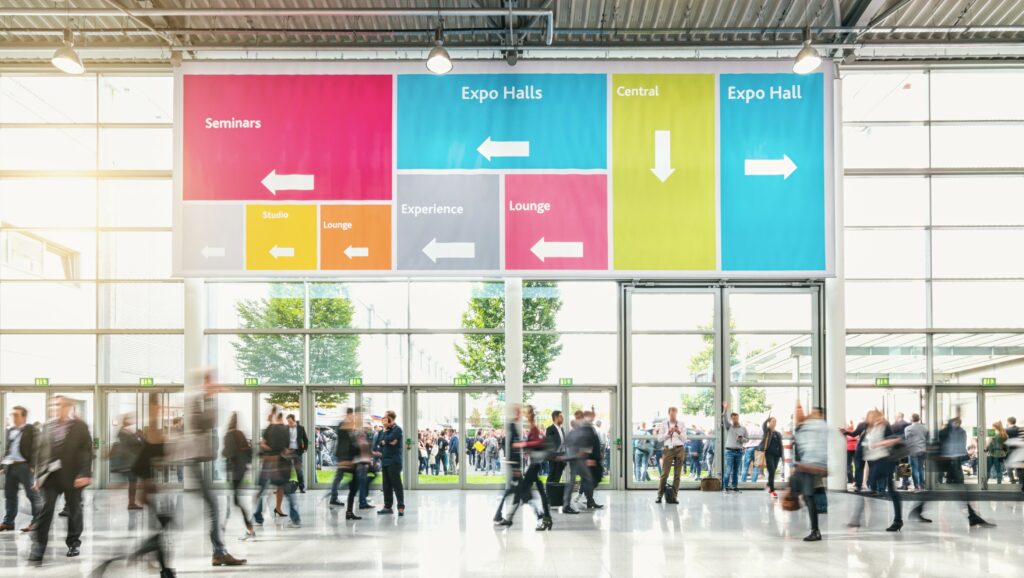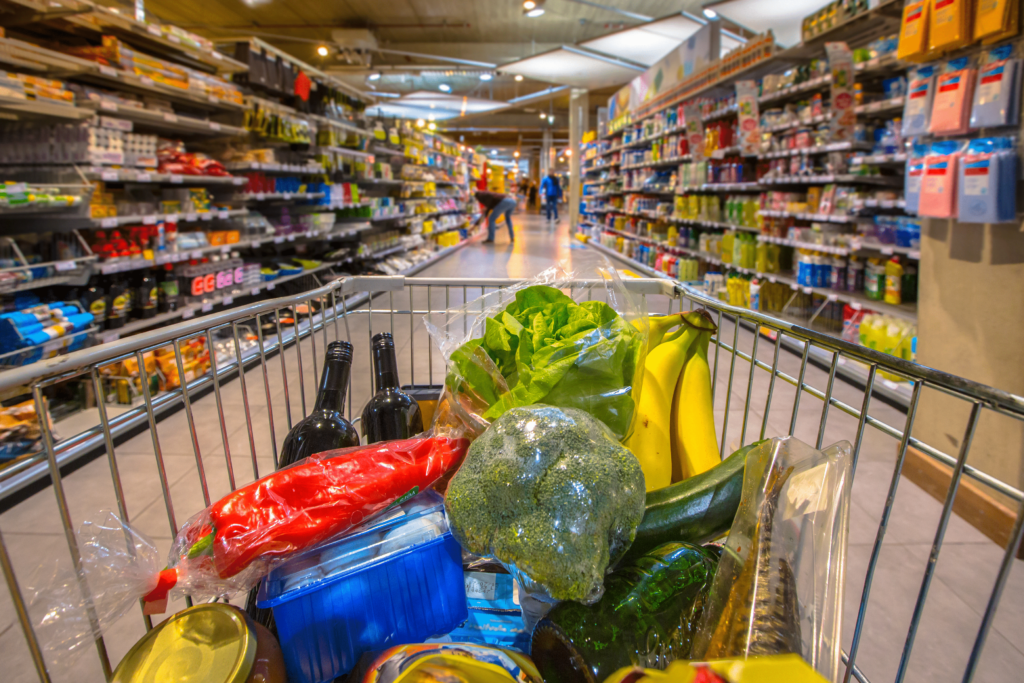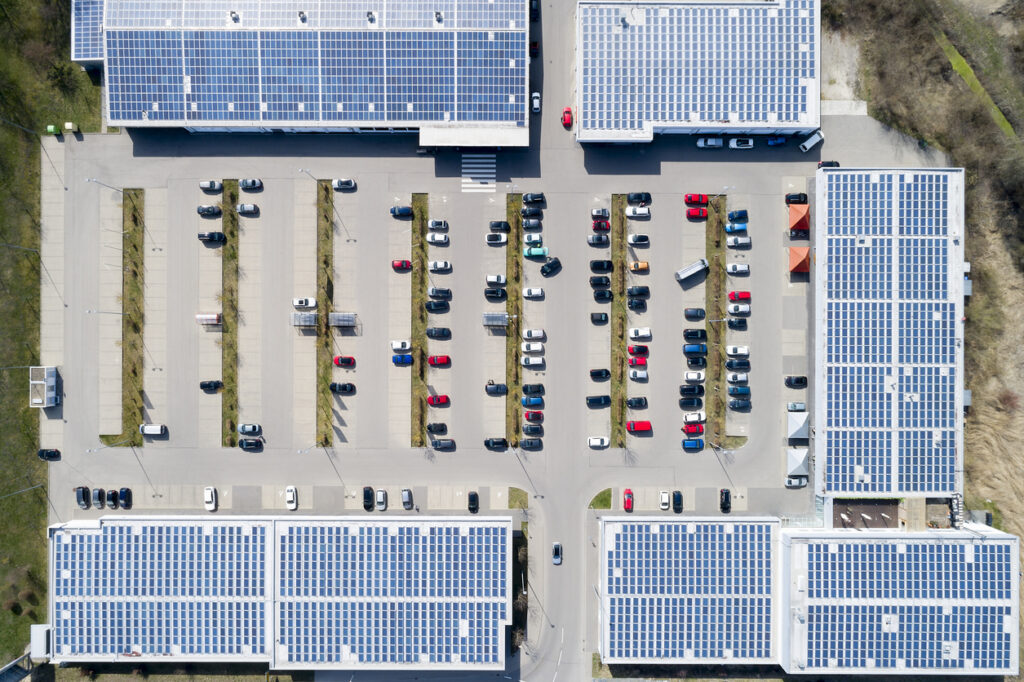Bricks and Clicks Coexist – An Omnichannel Story

Retailers are struggling to define what omnichannel retail looks like for their brand. Online retailers are building out store networks. Traditional brick and mortar retailers are expanding their selections online. Restaurants are enhancing customer experiences through the use of digital ordering. While each needs a unique strategy, there’s one thing they have in common. Companies no longer have the option to operate solely in one channel or the other. To be successful requires retailers and restaurants to identify the best consumer experiences from both channels, merging these into a single omnichannel strategy. Bricks and clicks can coexist and when in harmony, create a powerful synergy which helps retailers and restaurants meet their strategic goals.
Omnichannel is Critical to the Survival of Retail
The successful development of a true omnichannel strategy is a critical component for future success. This is true both for legacy brick and mortar retailers (such as Walmart, which has now emerged as the second-largest ecommerce retailer behind Amazon) and legacy ecommerce retailers (such as Warby Parker, with more than 85 eyewear stores in North America).
“Companies no longer have the option to operate solely in one channel or the other,” said Dave Huntoon, Pricipal at Intalytics.
Ecommerce brands need brick and mortar locations to increase overall brand awareness while driving online traffic. As the old adage goes – out of sight, out of mind. This realization has sparked an interest in strategic acquisitions to bolster the lesser developed channel. Look no further than Amazon for evidence of this trend, specifically their acquisition of Whole Foods (and its network of 350+ stores) in 2017, coupled with recent openings of cashier-less Amazon Go stores. “Amazon is no longer an online retailer, it is an omnichannel retailer that has embraced traditional retail strategies for attracting as many customers as possible,” said Brittain Ladd, a logistics consultant, and former Amazon executive.
Restaurants Find Omnichannel Success
In addition to retail, restaurants also benefit from implementing a comprehensive omnichannel strategy. Last month at the Productivity@Work event, CNBC’s Tyler Mathisen interviewed Panera Bread CEO, Blaine Hurst, regarding their success in the restaurant industry. In 2014, Panera Bread launched a program with the goal to make the customer experience better and ordering easier through the use of technology. By expanding its online, mobile and delivery capabilities, the company hoped to exceed 20,000 digital orders a day with this new program by 2020. But, according to Hurst, the program was so successful that digital sales now account for one-third of the company’s sales.
The volume of digital orders is now at 1.4 million orders a week, up from 1.2 million in 2017. “Panera Bread is slated to pass $2 billion in annualized digital sales this year, double that of last year,” said Hurst. The focus on enhancing the customer experience accelerated the success and paid off nearly two full years ahead of their original forecast.
Watch the full interview on CNBC.
The Halo Effect: How Bricks Impact Clicks
ICSC Research recently released the results from a survey of 1,000 consumers conducted in April 2018. The research, the largest of its kind, explores and quantifies how physical locations are an essential ingredient to the success of retailers. This “Halo Effect” is measured through the impact of physical stores on consumers and brand awareness, whether positive or negative and is seen in both established and emerging retailers.
Below are a few of the key statistics gathered from those surveyed:
Final Thoughts
Retail is continuously evolving and tends to ebb and flow from generation to generation. A key component of any successful omnichannel strategy is to enhance the overall customer experience, whether through online ordering, in-store pickup, or ship to store. I found it best said by Panera Bread CEO, Blaine Hurst, “Consumers want what they want, when they want it, where they want it and how they want it.”
Related News
Carousel items












